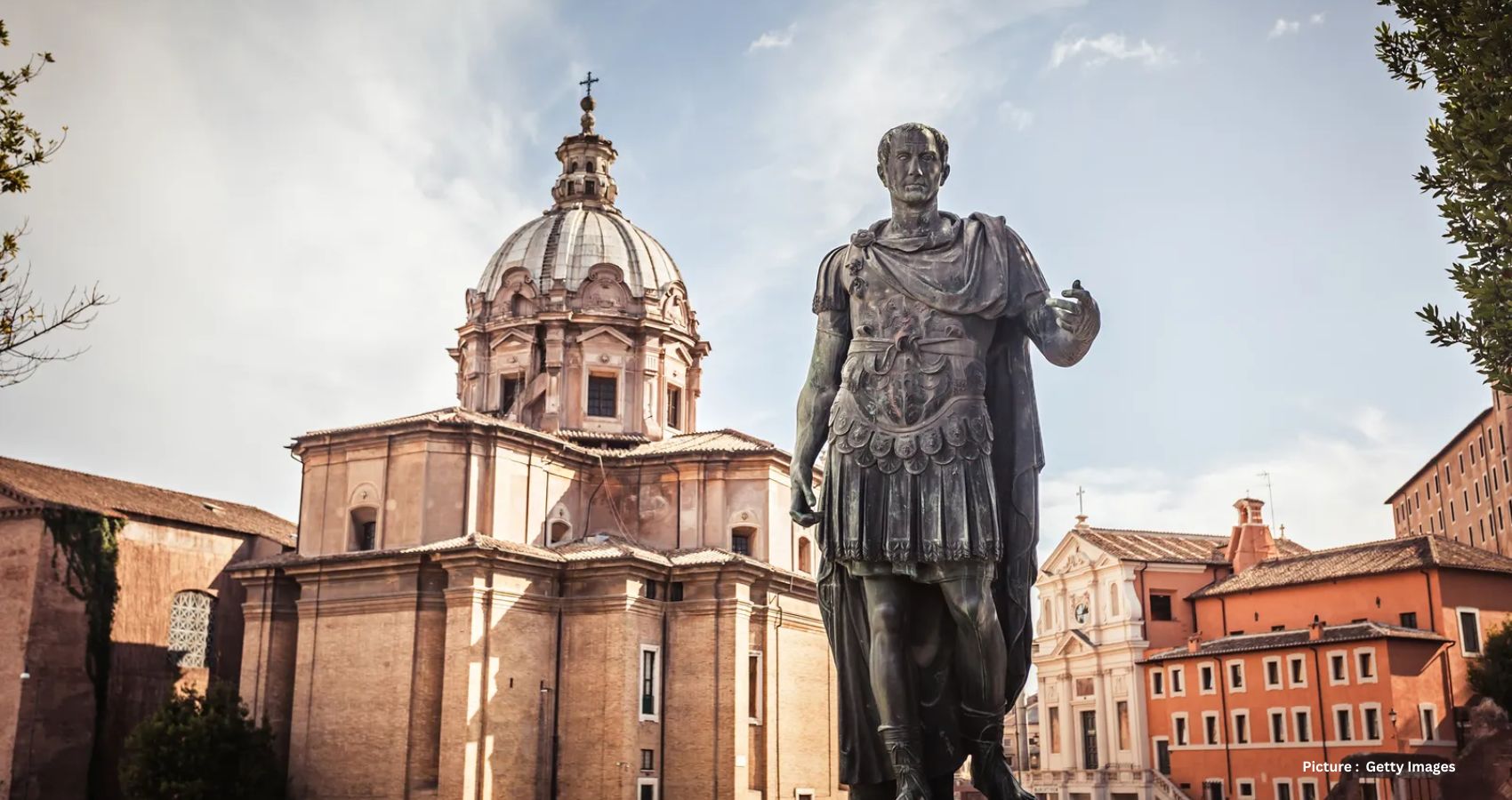In the midst of spring, there was a perplexing occurrence: the harvest festivities were underway, yet the fields were far from yielding ripe produce. This puzzling discrepancy dated back to the 1st Century BC when the Roman calendar, in its disarray, failed to align these crucial celebrations with the agricultural reality.
Julius Caesar perceived the urgency in rectifying this chaotic calendar, a task demanding the synchronization of the Roman Empire’s timekeeping with both the Earth’s daily rotation and its yearly orbit around the Sun. His solution birthed a profound transformation – introducing the longest year in history, augmenting and subtracting months, securing the calendar to the seasons, and instituting the concept of leap years. This monumental endeavor, however, encountered a peculiar hurdle in the form of Roman numerical quirks.
Thus, the year 46BC unfolded, known as the Year of Confusion, emblematic of the intricate challenges Caesar and his advisors faced. Helen Parish, a visiting professor of history, elucidates that the early Roman calendar, rooted in lunar and agricultural cycles, comprised only 10 months, leaving significant gaps unaccounted for.
Parish elaborates on Numa Pompilius’ efforts in 731BC to enhance the calendar by introducing additional months to cover the winter period, thereby extending the year to 355 days. However, this number, although aligning with the lunar year, bore superstitions against even numbers, leading to the addition of an extra day. Consequently, February, with its 28 days, became symbolic of purification.
Despite these advancements, the calendar remained approximately 11 days adrift from the solar year, evidenced by historical discrepancies such as the misdated solar eclipse of 200BC. Attempts to rectify this misalignment with ad-hoc intercalary months proved ineffective, often manipulated for political ends rather than seasonal accuracy.
Julius Caesar, advised by the astronomer Sosigenes, undertook bold measures to synchronize the calendar with the Sun, introducing two unprecedented months in 46BC. This decision extended the year to 445 days, paving the way for the abandonment of intercalary months thereafter.
Nonetheless, aligning the calendar with the solar year posed ongoing challenges due to the fractional excess in Earth’s orbit, prompting the introduction of leap years every four years. This adjustment, although initially prone to doubling errors in Roman counting, was eventually rectified by Augustus, solidifying the Julian calendar’s foundation.
Further refinements occurred in 1582 with Pope Gregory’s calendar reforms, introducing adjustments to ensure long-term accuracy, such as skipping leap years on centennial years unless divisible by 400. Despite the calendar’s enhancements, its adoption remained subject to political and religious influences, with dissent over perceived temporal theft by the Papal decree.
Parish highlights the global adoption of the Gregorian calendar over time, albeit with variations across different countries, leading to temporal discrepancies that could perplex international correspondence. Despite its improvements, the Gregorian calendar isn’t flawless, with potential discrepancies looming in the distant future.
Nevertheless, it has afforded humanity a semblance of temporal order, buying time until the next adjustment becomes necessary.











